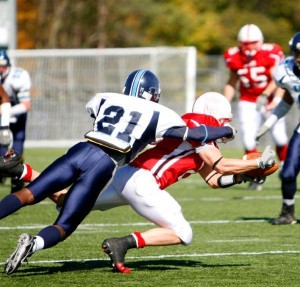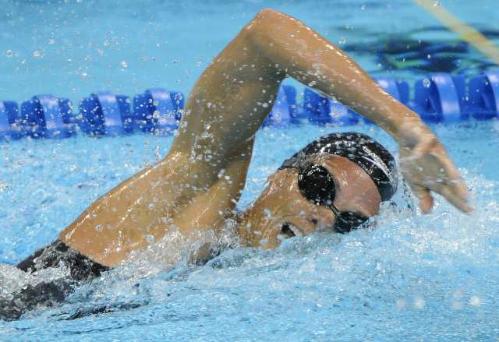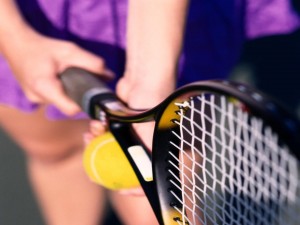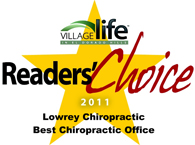Children and Chiropractic Care
Wednesday, September 28th, 2011 We often consider back, joint, and muscle pain to be an unwelcome, yet natural part of aging. Yet, for many children, chronic aches and pain due to sports injuries, congenital conditions such as scoliosis, or repetitive stress can be extremely problematic – even sometimes requiring professional treatment. When a child is in pain, the first reaction is often to call a pediatrician. However, a growing number of parents are incorporating chiropractic care into their children’s healthcare mix.
We often consider back, joint, and muscle pain to be an unwelcome, yet natural part of aging. Yet, for many children, chronic aches and pain due to sports injuries, congenital conditions such as scoliosis, or repetitive stress can be extremely problematic – even sometimes requiring professional treatment. When a child is in pain, the first reaction is often to call a pediatrician. However, a growing number of parents are incorporating chiropractic care into their children’s healthcare mix.
A child’s spine develops at a rapid pace for the first 10 years of life. Everyday activities such as carrying a heavy backpack loaded with textbooks, sitting for too long in front of the computer, or participating in sports can lead to misalignments of the spine. These misalignments can result in pain, poor posture, and some experts believe, can even lead to conditions such as headaches, sleep disorders, and hyperactivity.
According to the American Chiropractic Association, chiropractic care for children has increased by nearly 10% in the last two decades with more and more seeking alternatives to traditional approaches to treat soft tissue injuries or chronic pain. In fact, chiropractic care is now the second most common form of complementary or alternative medicine for children after natural supplements such as fish oil and herbs.
Chiropractic care can be introduced at any age. Of course, many parents ask if there are any real benefits of chiropractic care for a young child. However, when you consider how often a child falls while learning how to walk and injuries that occur during playtime, you can begin to consider the cumulative damage that occurs over time. Chiropractic care treats the misalignments that can begin as early as the first year of birth. In some cases, these misalignments can even be a result of birth trauma.
By no means is chiropractic care meant to take the place of traditional medicine. However, it can be a highly effective component to overall healthcare throughout childhood by effectively treating soft tissue injuries and chronic pain resulting from conditions such as scoliosis or cerebral palsy.
Are you interested in learning more about chiropractic care for your child? Call us today at 916-941-7508 for more information or to schedule a new patient exam.










